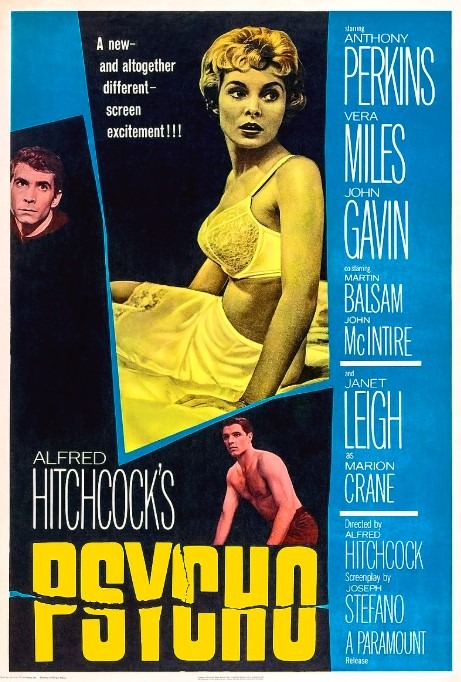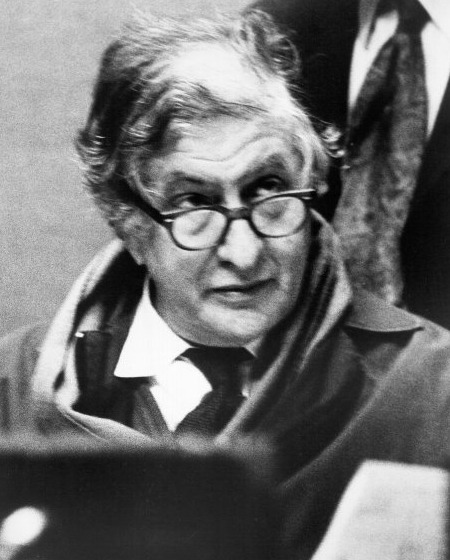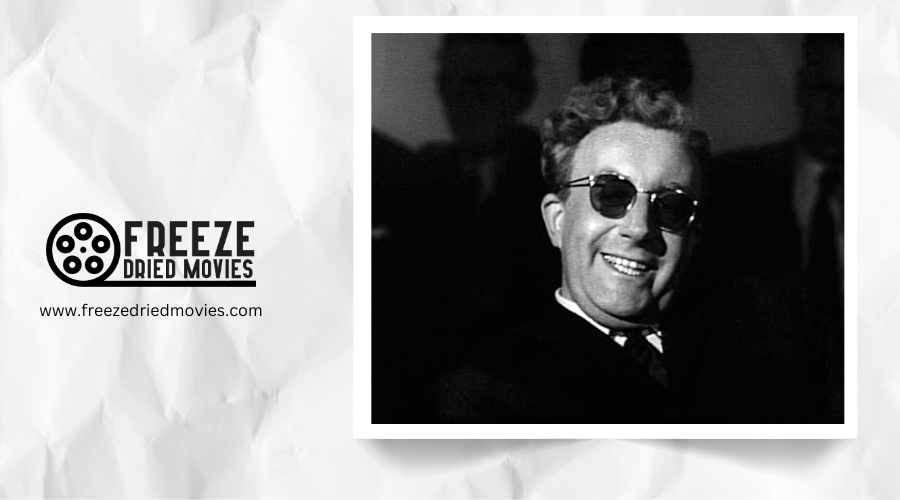Behind the Screams: The Making of Iconic 1960s Horror Movies

The 1960s transformed horror films from monster movies into psychological thrillers that investigated the darkness within human nature. You'll uncover how directors like Hitchcock and Polanski created tension through innovative techniques, from using chocolate syrup as blood to manipulating camera angles. Budget constraints forced creative solutions that became industry standards, while casting choices like Anthony Perkins as Norman Bates defined the genre. The screams you hear still echo with their pioneering influence.
The Rise of Psychological Horror in the 1960s
The 1960s ushered in a revolutionary shift in horror cinema as psychological thrillers took center stage. You'll notice how films of this era abandoned traditional monster-driven plots in favor of exploring the disturbing depths of human nature.
Directors like Alfred Hitchcock and Robert Aldrich crafted stories that probed into mental illness and obsession, challenging audiences' expectations of what horror could be.
When you watch these films, you're confronted with unreliable narrators and ambiguous endings that force you to question everything you've seen. The psychological horror movement didn't just scare audiences - it reshaped the entire genre.
Through skillful manipulation of viewers' perceptions, these films created an atmosphere of unease that would influence horror filmmaking for decades to come. Films like The Innocents (1961) demonstrated this new approach with its chilling atmosphere and powerful lead performance that left viewers questioning the reality of what they witnessed.

Groundbreaking Special Effects and Makeup Techniques
Pioneering advancements in special effects and makeup techniques revolutionized 1960s horror films, building upon innovations from earlier decades. You'll notice how the film industry drew inspiration from classic Horror Films like Frankenstein, where Boris Karloff's monster came to life through innovative skull caps and contact lenses.
The motion picture world evolved from The Wolf Man's stop-motion transformation scenes and The Mummy's intricate bandage work to more sophisticated techniques. Psycho's shower scene demonstrates this progression perfectly - you'd never guess that the realistic blood was simply Karo syrup and food coloring.
Even The Invisible Man's disappearing effects, created through clever camera tricks and matte paintings, laid the foundation for future special effects. These early innovations paved the way for increasingly realistic and terrifying visual effects in horror cinema.
This dedication to transformation through makeup was exemplified by Lon Chaney's talent for becoming completely unrecognizable in his groundbreaking silent film roles.

Influential Directors and Their Unique Visions
Visionary directors of 1960s horror cinema pushed storytelling boundaries with pioneering techniques that would influence generations of filmmakers. Among them, Alfred Hitchcock stands out for his revolutionary work on Psycho, where he changed ordinary chocolate syrup into a haunting black-and-white murder scene that would become one of cinema's most memorable moments. Bernard Herrmann's score transformed how music creates suspense in horror films, particularly through the infamous screeching violins of the shower scene. These pioneering approaches laid the groundwork for future horror experts, from Jonathan Demme's intimate camera work in Silence of the Lambs to Wes Craven's gravity-defying practical effects in A Nightmare on Elm Street. Each director's unique vision helped evolve the genre from simple scares to sophisticated psychological terror. You'll find this innovative spirit carried through the decades, inspiring directors like Roman Polanski, who brought raw realism to Rosemary's Baby with daring street scenes in New York.

Budget Constraints and Creative Solutions
Despite working with limited resources, 1960s horror filmmakers converted financial constraints into opportunities for innovation. You'll find their ingenious solutions throughout iconic horror classics of the era.
In Psycho's famous shower scene, they used Hershey's chocolate syrup instead of expensive fake blood, proving that everyday items could create convincing effects.
Creative workarounds became standard practice. When filming Rosemary's Baby, they captured authentic New York street scenes by simply having Mia Farrow walk among unsuspecting pedestrians.
Even later horror films followed this resourceful tradition, as seen in A Nightmare on Elm Street's clever use of race car seats and inverted camera setups. These filmmakers showed that adept storytelling and practical problem-solving could overcome any budget limitation, setting standards that influence horror cinema to this day.
Casting Decisions That Shaped Horror History
Horror cinema's most unforgettable performances have shaped the genre's evolution and left audiences spellbound for generations. You'll be fascinated to learn that casting decisions of the early to mid-20th century created enduring archetypes that still influence the horror genre today.
Anthony Perkins' portrayal of Norman Bates in 1960's Psycho stands as an expert presentation in psychological horror. Fun fact: before Perkins, horror icons like Boris Karloff and Bela Lugosi had already set the standard with their legendary performances as Frankenstein's Monster and Dracula in 1931.
Lon Chaney Sr.'s remarkable transformations in the 1920s earned him the nickname "Man of a Thousand Faces," while Fay Wray's piercing screams in King Kong helped establish the archetype of the resilient horror heroine.
On-Set Challenges and Production Mishaps
Making classic horror films often required creative problem-solving and occasional improvisation when things went wrong on set. Long before CGI and digital effects dominated the horror film industry, directors and crew members had to get inventive with practical solutions.
- Psycho's infamous shower scene used Hershey's chocolate syrup instead of traditional fake blood, as it showed up better in black and white
- During Scream's production, Drew Barrymore accidentally called 911 multiple times because the prop phone was left connected
- Skeet Ulrich unintentionally hit Matthew Lillard with a phone during an unscripted moment
- The Silence of the Lambs broke traditional filming rules by having actors speak directly to the camera
- Much like Nightmare on Elm Street's intense atmosphere, Black Swan's director deliberately created tension between actresses to enhance performances
These behind-the-scenes challenges often led to some of horror's most memorable moments.

Sound Design and Musical Innovation
While visual scares dominated early horror cinema, the evolution of sound design and musical innovation in 1960s horror films revolutionized how audiences experienced fear. You'll find Bernard Herrmann's pioneering scores for Psycho and Vertigo tapped into deep societal fears, with his infamous shower scene violins becoming a blueprint for future horror soundtracks.
The era's sound designers pushed boundaries in unexpected ways. In The Birds, they crafted an atmosphere of perpetual unease through carefully engineered door creaks and wind effects. Night of the Living Dead took a different approach, eschewing traditional music for raw ambient noise that heightened its documentary-like terror.
Meanwhile, Carnival of Souls experimented with tape loops and unusual instruments, creating otherworldly sounds that brought supernatural horror to life in ways audiences had never heard before.
Cultural Impact and Social Commentary
Beyond their surface-level scares, 1960s horror films served as powerful vehicles for social commentary during one of America's most turbulent decades. You'll find these movies expertly channeled societal fears into compelling narratives that reflected the cultural zeitgeist of the era.
Psycho challenged traditional views on mental illness and female sexuality. Night of the Living Dead broke racial barriers with its pioneering casting. The Exorcist confronted America's shifting religious and moral values. Graphic violence pushed censorship boundaries and sparked public discourse. Horror films mirrored the rebellious spirit of the counterculture movement.
These films weren't just entertainment - they were a mirror reflecting America's deepest anxieties. Through sophisticated storytelling and bold artistic choices, filmmakers transformed horror into a powerful medium for addressing civil rights, social upheaval, and the erosion of conventional values.
Marketing Strategies and Audience Reception
In a bold departure from traditional film promotion, 1960s horror movies revolutionized marketing through innovative campaigns that turned frightening films into must-see cultural events. Studios employed cross-promotions and merchandising to build anticipation, while chilling trailers and striking poster art enthralled potential viewers.
These marketing campaigns specifically targeted younger audiences, who became devoted fans of controversial films like Night of the Living Dead and The Exorcist. Strategic release patterns, including limited engagements, created a sense of urgency that drove crowds to theaters. The approach worked brilliantly - word-of-mouth recommendations spread like wildfire, leading to repeat viewings and cult followings.
These pioneering marketing strategies didn't just sell tickets; they created enduring franchises that would influence horror cinema for decades to come.
Studio Politics and Censorship Battles
Despite the creative ambitions of 1960s horror filmmakers, the Motion Picture Production Code cast a long shadow over their artwork. You'll find that studios had to constantly navigate strict guidelines while trying to bring their terrifying visions to life.
The Motion Picture Production Code (Hays Code) heavily restricted how studios could portray violence and sexuality. Universal Studios struggled to adapt Dracula faithfully due to intense censorship demands. Hitchcock's Psycho nearly didn't make it to theaters because of its groundbreaking content. British studio Hammer Films enjoyed more creative freedom than American counterparts. Studios often created multiple versions of their horror films to satisfy different international censors.
These restrictions forced filmmakers to become increasingly creative with their storytelling, often relying on suggestion rather than explicit content to create fear.




